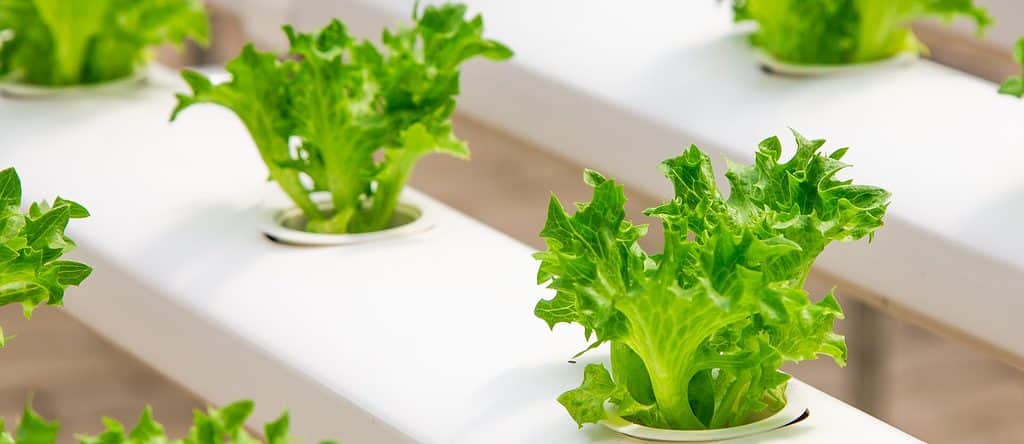
Many friends still don’t know how to use the product after getting it. Here are some tips for novices:
1. After assembly, we need to add water to the sink. At this time, we need to mix the nutrient solution in the water we add. The steps and ratios of the mixing are as follows:
Water Nutrient
1L 5ml A + 5ml B
2L 10ml A + 10ml B
3L 15ml A + 15ml B
4L 20ml A + 20ml B
①After filling the fertilizer bottles A and B with water, shake the fertilizer bottles fully to let the solid fertilizer fully dissolve into the water before use;
②Use the scale cap on the fertilizer bottle to measure the required fertilizer and add it to the water to be added. The proportions are as follows:
After adding solution A, make sure that the water is evenly stirred before adding solution B, and then pour it into the water tank after fully stirring (if there is no proportioning container, stirring in the water tank is also possible, but pay attention to the corresponding capacity of the water level line in the water tank , and then add the corresponding proportion of nutrient solution as appropriate)
Recommend that in the early stage of cultivation, when the root system of the plant is not yet developed, about 2-3 weeks, replace or add water (you need to add water with a good nutrient solution); when the plant is in the growing or mature stage, 1-2 weeks. It is necessary to replace or add water (water with a good nutrient solution needs to be added), because the root system of the plant is developed at this time, and the amount of water required for growth is larger;
The concentration of the nutrient solution ratio will need to be adjusted due to different plants and different growth stages of the plants.
For example, in the flowering and fruiting stage of tomato, the fertilizer solution that needs to be added is 3-4 times the original amount. For example, in the seedling and growth stage, the nutrient solution concentration in the water tank is 0.5ms/cm, and it needs to be increased to 1.8-2.5 in the flowering and fruiting stage. ms/cm (EC value), so as to make the tomato blossom and bear fruit more quickly, improve the fruit hanging rate and ensure the size of the fruit.
The EC of leafy vegetables is recommended to be 1.5-2ms/cm, and the EC of flowers is recommended to be 1-1.8ms/cm.
Note: In hydroponics, electrical conductivity (EC) is a measure of how easily an electric current can pass through a nutrient solution. Likewise, Conductivity Factor (CF) is a measure of EC in millisiemens per centimeter (mS/cm). The EC value can be detected by the test pen to detect the specific value.

2. It is recommended not to plant more than 2 different plants on the same planting machine, because in the process of hydroponics, different plants require different concentrations of nutrient solution, different degrees of adaptation to PH value, and different water and nutrients required by the root system.
Plants with more developed root systems may compete for nutrients in the tank, resulting in insufficient nutrient concentrations for other plants to thrive. For example, tomatoes and basil compete for nutrients during later growth, and basil torso thus gradually withers due to insufficient nutrient concentration.
3. Replanting the seeds:
During the seedling germination stage of the plant, if the seeds are moldy or the seeds have no signs of germination after a week, but other similar seeds have germinated, please replace the seeds in time;
If the planting cotton block also shows signs of mold, the planting cotton block can be replaced or the moldy part can be removed;
If the ungerminated seeds are not replenished in time, the difference in the growth time of the plants will be too large, and the height of the plants will be inconsistent, which will affect the efficiency of receiving light and the absorption of nutrient solution by the roots of the plants.
4. Pollination problems:
Generally, fruit and vegetable plants such as tomatoes will involve pollination when planted indoors. You can use cotton swabs to pick up pollen, by use out-plant pollination to pollinate tomatoes.
It is recommended to pollinate in the morning, which will improve the success rate of pollination;
Peppers are self-pollinating plants and do not require manual pollination;
Strawberry and other berry plants have relatively high requirements on the environment and nutrient concentration in the early stage of cultivation. If it is impossible to cultivate from seeds, it is recommended to cultivate from the seedling stage of 2-3 true leaves, and the time for flowering and fruiting will be shorter.
5. Pest control issues:
Although hydroponics can reduce the occurrence of insect pests, it also needs to be prevented. It is recommended to place insect traps next to the machine;
If there are idle hydroponic holes, cover them with a cover to prevent rotten leaves from falling into the water and affect the water quality, and also to prevent mosquitoes from flying into them to lay eggs. At the same time, the withered branches and leaves should also be dealt with in time, especially the fallen branches and leaves should be dealt with as soon as possible.To avoid accumulation will attract mosquitoes.
6. The Appropriate number of seeds per planting hole:
When we are raising seedlings, in addition to soaking the cotton pieces before placing the cotton for planting, the number of seeds in each cotton planting hole should not be too much, 2-3 small seeds or 1-2 large seeds is enough to.
Do not place too many seeds so as not to have enough growth space; and after the seeds germinate, observe the number of sprouted plants. If more than 2 seedlings survive in the same hole, you should transplant the excess seedlings in time and keep an empty space. One seedling in a hole is the best.
For example, two or more seedlings are planted in the same cotton plant, which will lead to skewed plant growth in the later stage, and will also affect the growth rate and height of seedlings, especially those with high branches and developed roots. The plant will quickly absorb the nutrient soil in the cotton block so that the plant cannot stand up normally, or the root system has no supporting substrate, which inhibits growth.
7. Sparse flowers and fruits:
Flowering and fruiting plants, such as tomatoes and cucumbers, should not be allowed to excessive growth,
For large smart garden planters, plants that are taller than our own height, need to be pinched off the tip.
For a small smart garden planter, when the plant grows 10-12 true leaves, it is necessary to pinch off the tip part of the plant, and trim the redundant side branches to ensure the nutrition of the trunk;
When flowering, f there are too many flowers on the same branch, the buds should be removed as appropriate.



